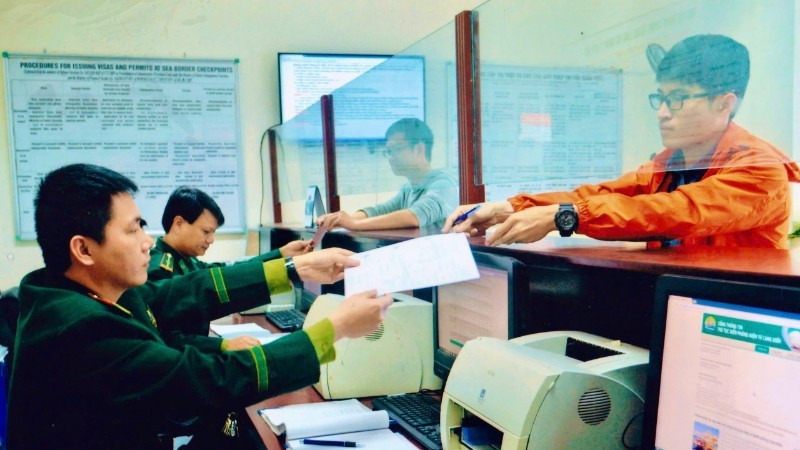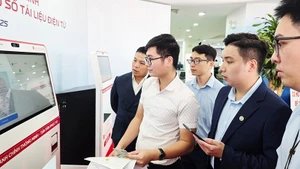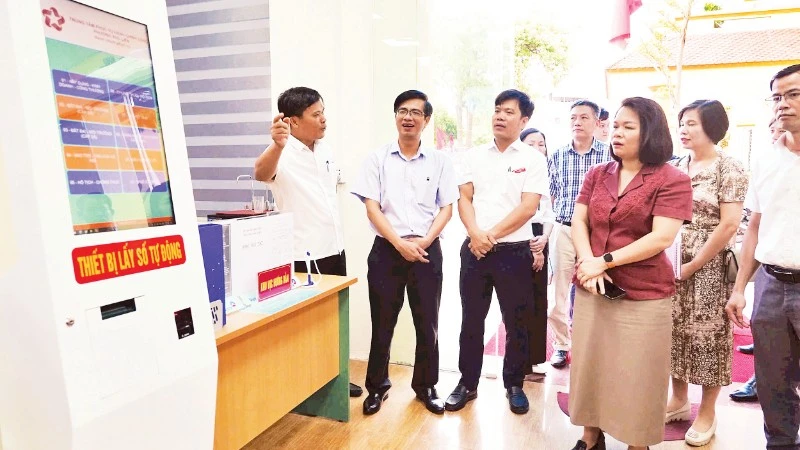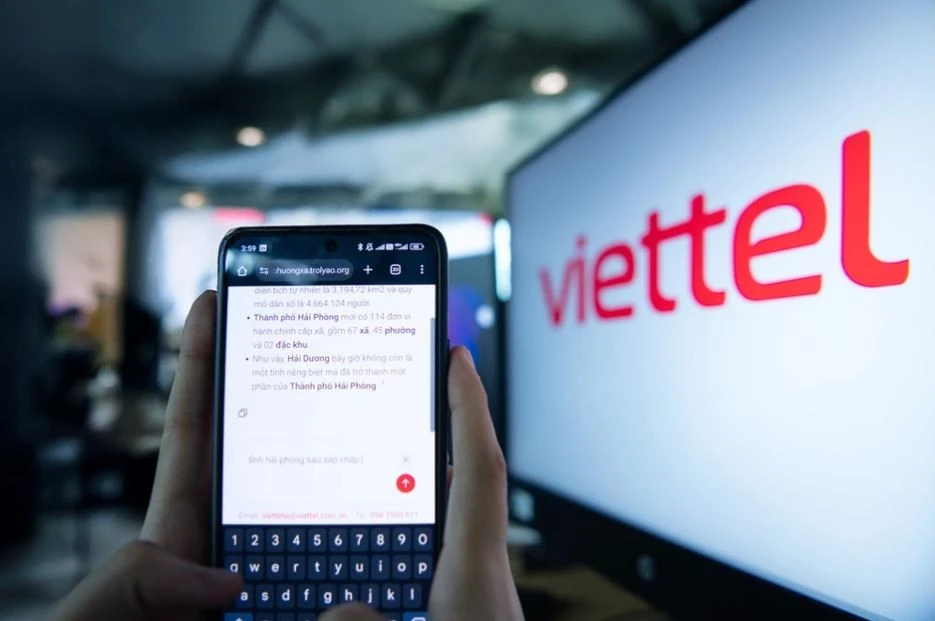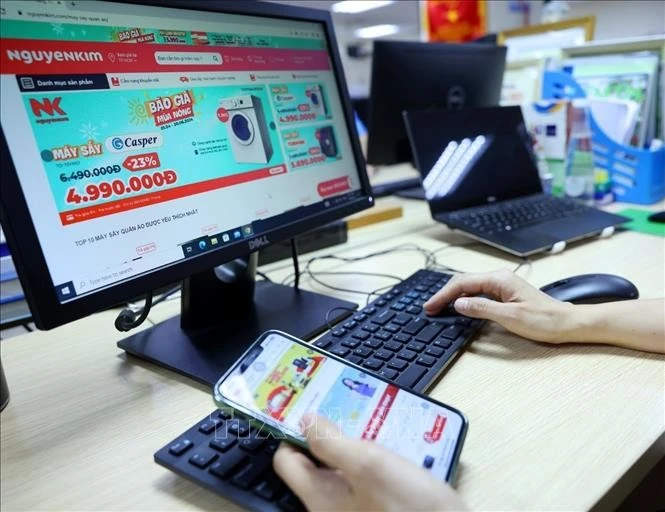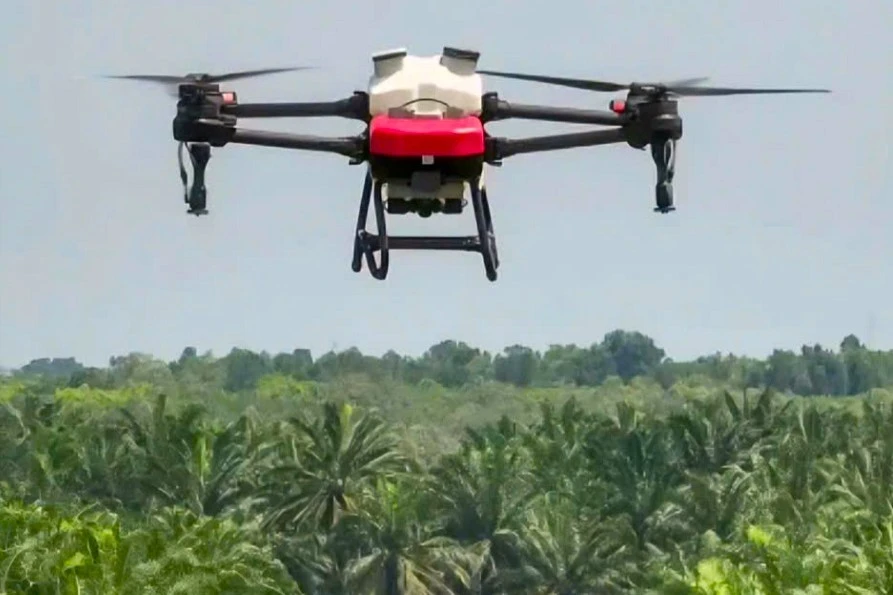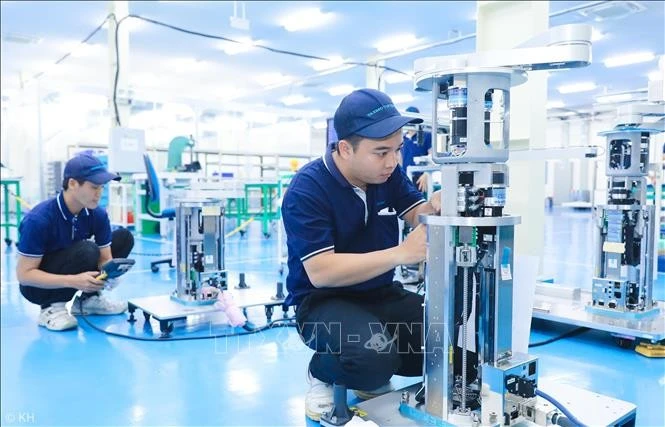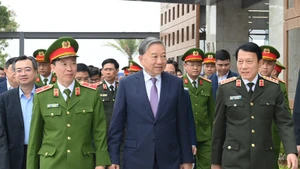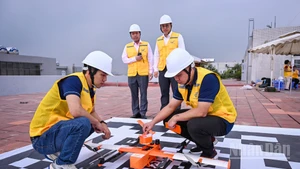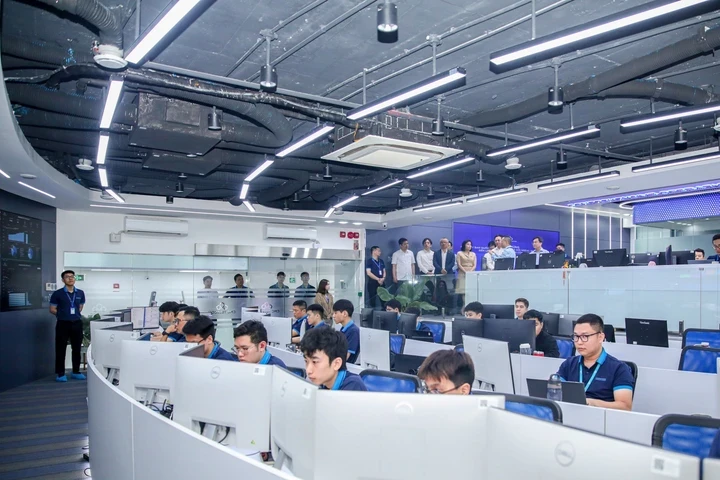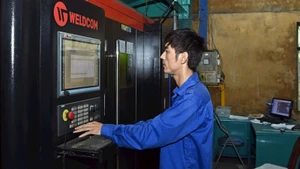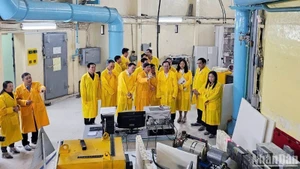These advances contribute to improving the efficiency of border management and protection, while facilitating trade, import and export activities, and international integration.
Administrative reform in conjunction with digital transformation
Implementing Resolution No. 57-NQ/TW dated December 22, 2024 of the Politburo on breakthroughs in science, technology, innovation, and national digital transformation, the defence and military sectors in general, and border gate management and immigration control in particular, have witnessed strong and comprehensive impacts. This has opened up opportunities to reform administrative procedures linked with digital transformation, meeting the demands of socio-economic development and international integration.
Major General Do Ngoc Toan, Director of the Border Gate Department under the Command of the Border Guard, said that, fully aware of the unique nature of its crucial mission, the department, as the core unit responsible for ensuring security and order in border gate areas and for managing and safeguarding national sovereignty and border security at border gates, has focused on deploying IT applications and smart systems to improve monitoring and management capacity. These systems help detect violations early and strengthen border security.
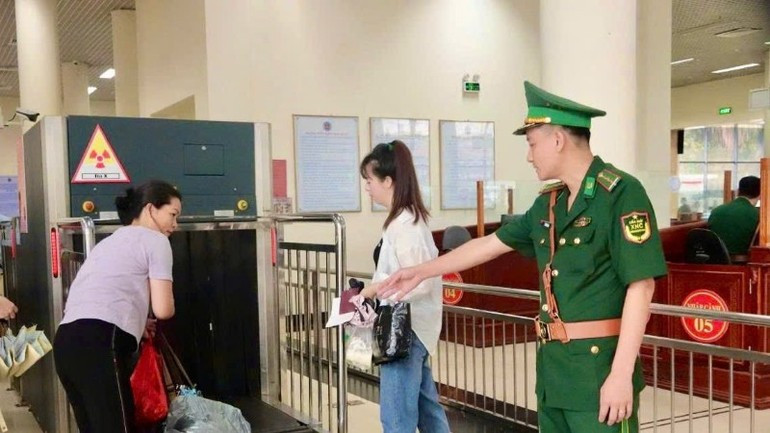
Recently, the Border Guard Force has actively coordinated with central ministries and sectors to effectively implement administrative reform programmes, operate electronic border procedures, and develop applications for population data, identification, and electronic authentication in service of the national digital transformation for 2022–2025, with a vision to 2030.
In recent years, the Border Gate Department has achieved significant breakthroughs, including: strictly implementing border gate agreements and regulations on land border gate management, as well as international treaties to which Viet Nam is a signatory; actively advising the Central Military Commission and the Ministry of National Defence on building and perfecting immigration institutions, and coordinating to pilot the “smart border gate” model and digital border gate platforms at key locations such as Huu Nghi and Tan Thanh (Lang Son Province) and Kim Thanh (Lao Cai Province).
Developing the “Smart Border Gate” model
The “smart border gate” model was first piloted at the Huu Nghi (Lang Son Province, Viet Nam) – Youyi Guan (China) International Border Gate Pair. The system integrates modern technical infrastructure with advanced digital technologies such as artificial intelligence (AI), vehicle licence plate and facial recognition, autonomous container trucks, centralised camera surveillance, electronic declaration platforms, and interconnected data sharing between Vietnamese and Chinese authorities, achieving remarkable results.
Specifically, clearance times have been reduced from three to five days to less than one day; logistics costs have been cut; and clearance capacity has been increased. The use of smart operation technology has also helped ease congestion, prevent goods damage, and strengthen the ability to detect and prevent smuggling, trade fraud, and illegal immigration.
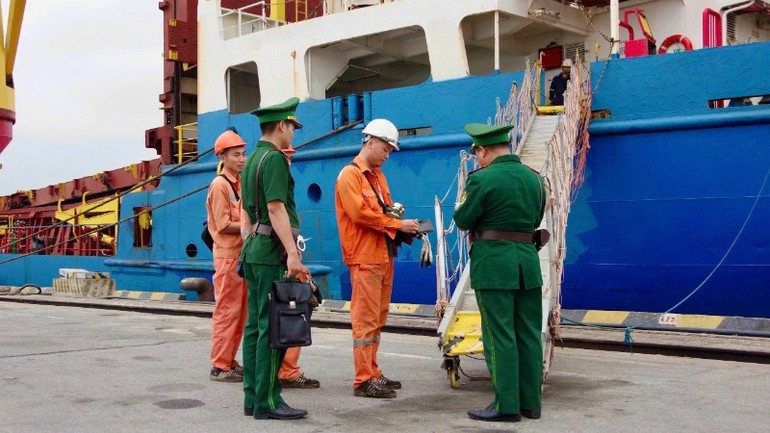
Between 2021 and 2025, border gate units have received and processed a total of 500,000 dossiers, with 100% completed on time; handled immigration procedures for over 80 million people and more than 9 million vehicles.
The Party Committee and Command of the Border Gate Department have effectively directed the implementation of electronic border procedures in conjunction with the National Single Window, connecting 17 out of 18 electronic border procedures to the National Single Window Portal for the purposes of declaration and confirmation of completed electronic border procedures. This has contributed to simplifying administrative processes, reducing processing times, and cutting costs for immigration declarations for vessels at seaports as well as for tourists and official duty at land border gates.
Major General Do Ngoc Toan, Director of the Border Gate Department under the Command of the Border Guard
Lieutenant Colonel Vu Anh Linh, Political Commissar of Border Guard Station at Huu Nghi International Border Gate (Lang Son Province), said that, since 2019, when connected with the National Single Window Portal, the implementation of five out of six electronic border procedures has maximised convenience for citizens and businesses, reducing inspection time for each passenger from 35–40 seconds to about 10 seconds.
Currently, border gate units are continuing to equip themselves with operational technical devices such as passport and document inspection systems; automated immigration control gates; surveillance camera systems; barcode-based control systems; digital signature solutions for administrative procedures; and the implementation of Component Project No. 4 under the “Production and Issuance of Viet Nam’s E-passports” scheme.
Close coordination and enhanced international cooperation
Alongside innovation for operational tasks, the Border Gate Department has advised the Party Committee and Command of the Border Guard on improving coordination and international cooperation, as well as scientific research activities. This includes maintaining the effective operation of the Viet Nam–China Land Border Gate Management Cooperation Committee.
It also actively coordinates with China, Laos, and Cambodia to promote the opening and upgrading of border gates, facilitate clearance, promptly address difficulties and obstacles at border gates, and create favourable conditions for cross-border flows.
The department has also coordinated with the embassies of the US, UK, and Australia, as well as with international organisations such as IOM and UNODC, in border gate management and border security. It has applied image recognition technology for passport and immigration document management, supported the detection of counterfeit documents, and conducted research to build a digital map of border gates managed by the Ministry of National Defence.
However, despite these achievements, border gate management still faces some limitations: personnel structure and infrastructure at border gates remain inadequate for the growing demands of international integration; the quality of border gate officers, though improved and standardised, is uneven; some border gate equipment is outdated, degraded, and lacks synchronisation, limiting effectiveness; and IT infrastructure remains underdeveloped, particularly in remote areas, making it difficult to standardise and build digital border gates and reform administrative procedures.
To further improve operational efficiency and meet task requirements in the new context, Major General Do Ngoc Toan stated that the Party Committee and Command of the Border Gate Department will continue to actively advise and propose to the Party Committee and Command a range of policies and solutions, focusing leadership and direction on effectively implementing border gate work amid numerous difficulties and challenges. This includes accelerating digital transformation, improving the quality of border gate management and immigration control, and promoting administrative procedure reform in conjunction with digital transformation to build standardised and smart border gates.
In 2025, the Border Guard will continue to review and simplify administrative procedures, expand the use of electronic immigration procedures, and deploy automated control gates at all 51 main and international border gates, especially at those with high immigration volumes. They will also apply barcode technology at all 38 seaport border gates, gradually modernising the border management system to maximise the facilitation of goods circulation and people’s movement.
